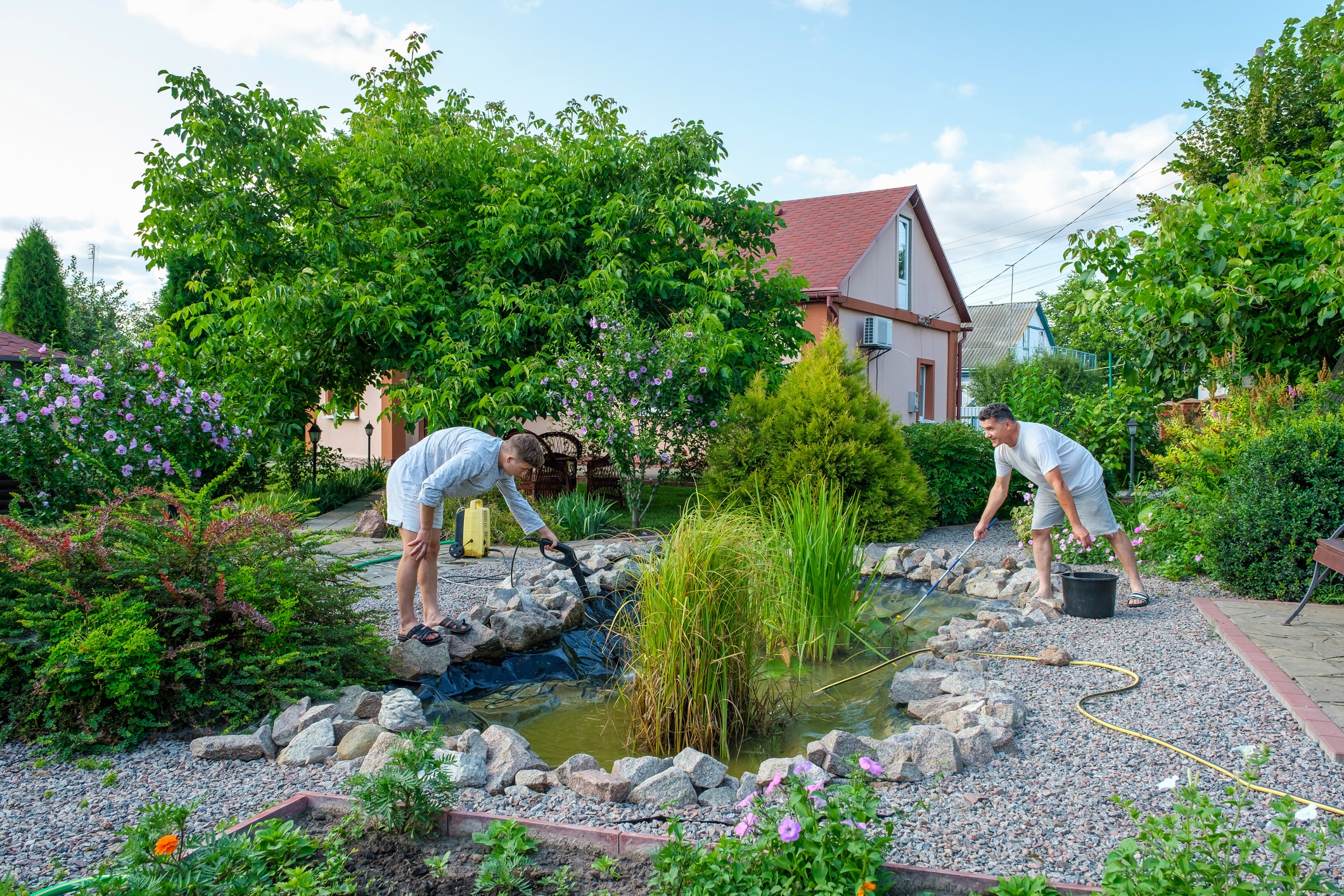Fact: Properly restored floors and furniture recover up to 90% of their original beauty and…

How Landscaping Can Help with Water Mitigation
As a homeowner, protecting your property from water damage is crucial. One often overlooked aspect of water mitigation is landscaping. Proper landscaping not only enhances the beauty of your home but also plays a vital role in managing water runoff and preventing water damage. This blog will explore how strategic landscaping can help mitigate water damage and provide tips for implementing effective water management practices in your yard.
Understanding the Role of Landscaping in Water Mitigation
Landscaping can significantly influence how water moves around your property. By directing water away from your home and promoting proper drainage, you can prevent water from accumulating near your foundation and causing damage. Here are some key landscaping strategies that can aid in water mitigation:
1. Grading and Sloping
One of the most effective ways to manage water runoff is by ensuring that your yard is properly graded. Grading involves shaping the ground to create a slope that directs water away from your home. Ideally, the ground should slope away from the foundation at a rate of about 6 inches over the first 10 feet. This prevents water from pooling around your home’s foundation, reducing the risk of leaks and structural damage.
2. Installing French Drains
French drains are a popular solution for managing excess water in your yard. These drains consist of a perforated pipe buried in a trench filled with gravel. The pipe collects and redirects water away from your property, preventing it from saturating the soil around your foundation. French drains are particularly useful in areas with poor natural drainage or where water tends to accumulate.
3. Using Native Plants
Incorporating native plants into your landscaping can help with water mitigation. Native plants are adapted to the local climate and soil conditions, making them more resilient and better at managing water. Their deep root systems help to absorb and filter water, reducing runoff and preventing erosion. Additionally, native plants require less maintenance and water than non-native species, making them an environmentally friendly choice.
4. Creating Rain Gardens
Rain gardens are designed to capture and absorb rainwater runoff from roofs, driveways, and other hard surfaces. These gardens are typically planted with water-tolerant plants that thrive in wet conditions. By creating a rain garden, you can reduce the amount of runoff entering storm drains and minimize the risk of flooding. Rain gardens also help to filter pollutants from the water, improving water quality in the process.
5. Installing Permeable Paving
Traditional concrete and asphalt surfaces can contribute to water runoff by preventing water from soaking into the ground. Permeable paving materials, such as permeable concrete, pavers, or gravel, allow water to pass through and be absorbed by the soil. This reduces the volume of runoff and helps to recharge groundwater supplies. Using permeable materials for driveways, walkways, and patios can significantly improve water management on your property.
6. Building Retaining Walls
Retaining walls can be used to manage water flow and prevent soil erosion on sloped properties. These walls help to stabilize the soil and create level areas for planting. By incorporating proper drainage behind retaining walls, you can prevent water from building up and causing damage. Retaining walls can also be an attractive addition to your landscaping, adding both functionality and visual appeal.
7. Mulching
Applying mulch to your garden beds can help with water retention and soil stabilization. Mulch reduces soil erosion by protecting the soil surface from heavy rain and wind. It also helps to retain moisture in the soil, reducing the need for frequent watering. Organic mulches, such as wood chips or shredded bark, decompose over time, adding nutrients to the soil and improving its structure.
Effective landscaping is a powerful tool for water mitigation, helping to protect your home from water damage and enhancing the overall health and appearance of your property. By implementing strategies such as proper grading, installing French drains, using native plants, creating rain gardens, using permeable paving, building retaining walls, and applying mulch, you can manage water runoff and reduce the risk of water-related issues. Investing in smart landscaping practices not only safeguards your home but also contributes to a more sustainable and resilient environment.



